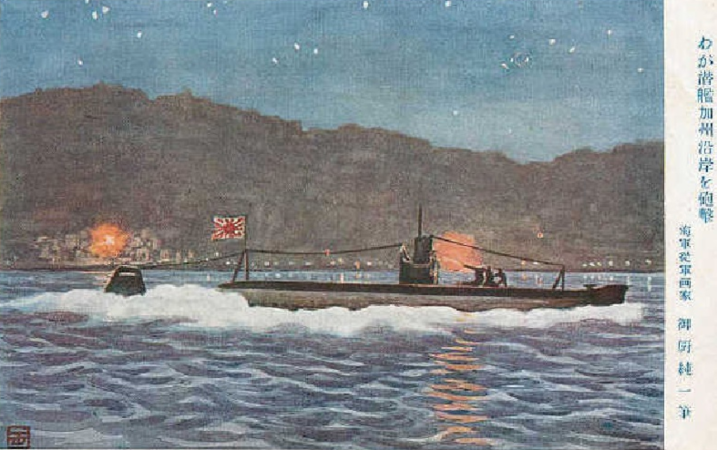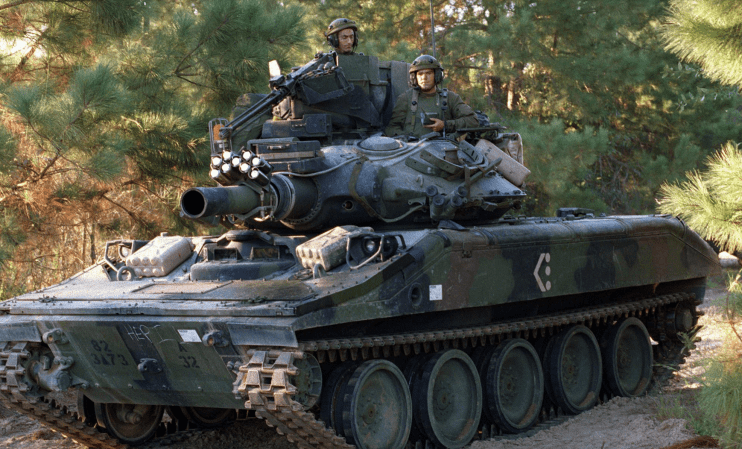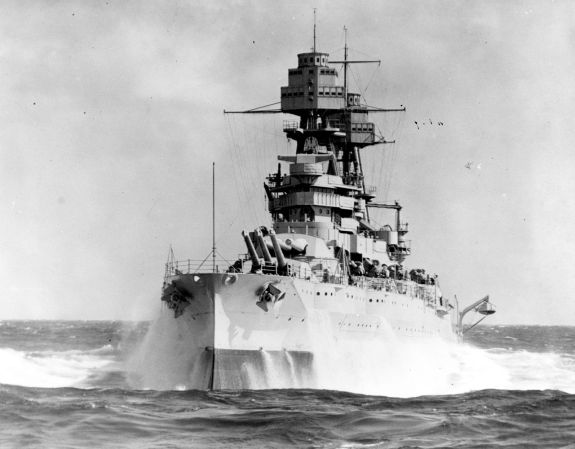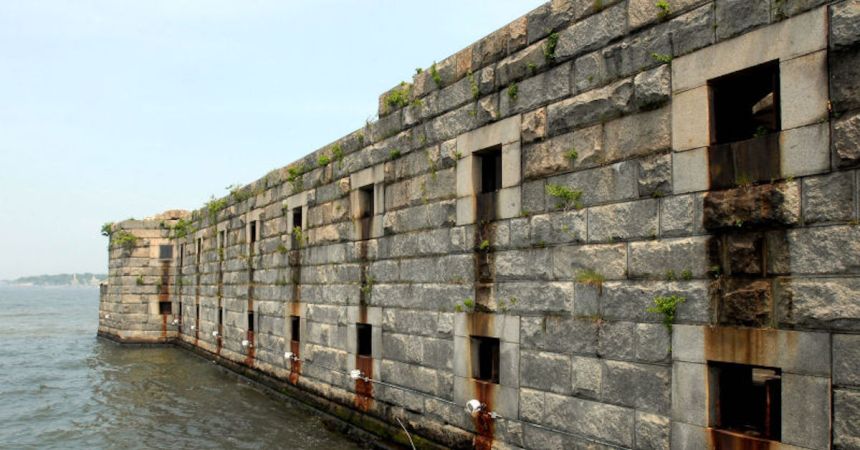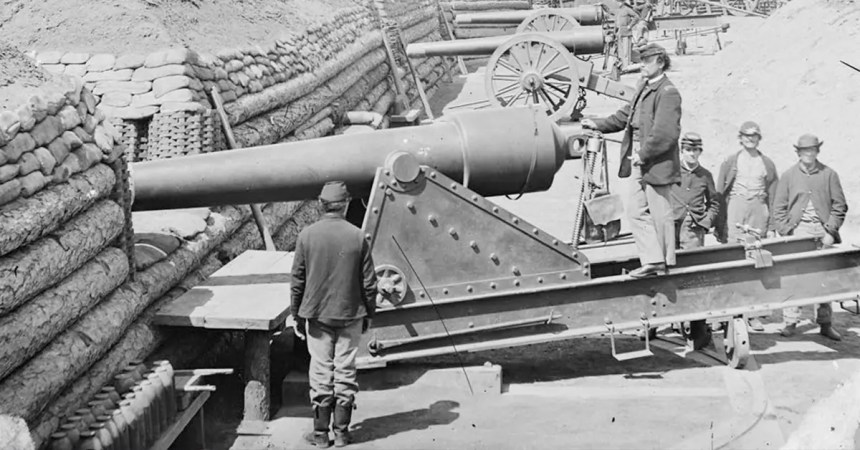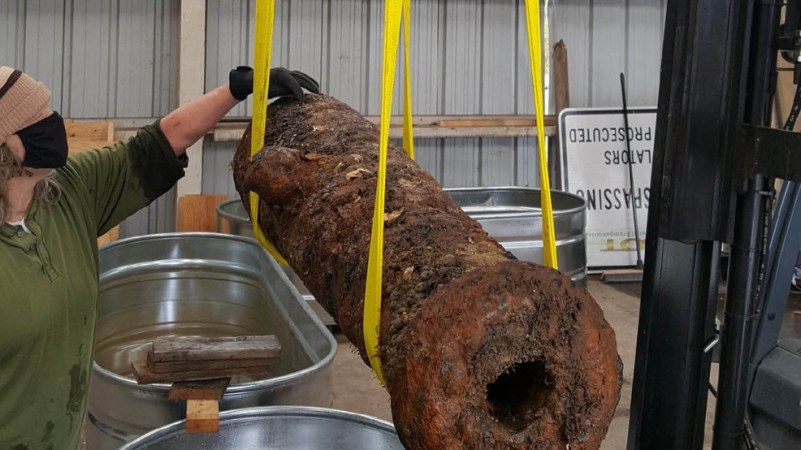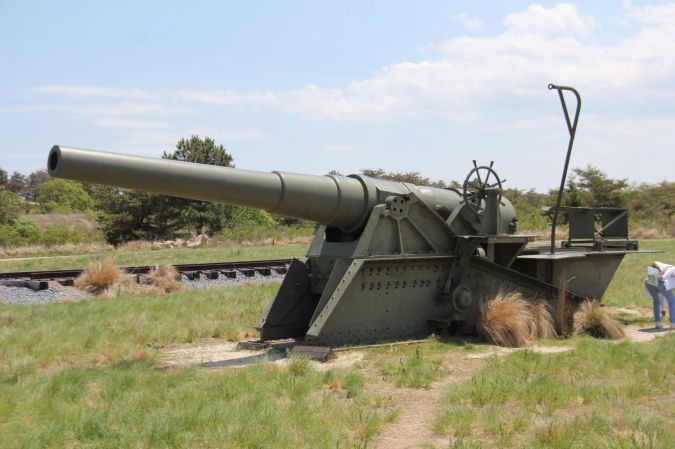We know there’s a big, inter-service rivalry between the Army and the Navy (especially around the time of the annual Army-Navy game), but now the Army is looking to get some anti-ship missiles into service. Has the “Go Army, Beat Navy” slogan gone too far? Well, not exactly. Sure, the Army wants to kill ships, but the United States Navy (and America’s allies) nothing to worry about.
According to reports, the Army is going to be resurrecting an old branch — or at least exploring the possibility in the upcoming RIMPAC 2018 exercise. The Army will be using a truck-mounted Kongsberg Naval Strike Missile to sink a target ship. This Norwegian missile system uses an infra-red seeker, stealth technology, and has a maximum range of over 100 nautical miles.

This would be the functional resurrection of the Army’s old Coastal Artillery Corps. The Coastal Defense Study Group notes that after the Spanish-American War, the Army restructured their artillery from regiments to companies. There was field artillery, which made use of lighter guns, and coastal artillery, which carried the heavy guns.
Back then, the purpose was simple: Protect American harbors and ports from enemies. This was the original purpose of Fort Sumter and other similar establishments. The Fort controlled the harbor at Charleston, South Carolina. In World War I, many Coast Artillery units were sent to the Western Front in order to safeguard the coastal homefront. That war, however, also saw the emergence of technologies that would ultimately cause the dissolution of the Coastal Artillery Corps in 1950: The submarine (which the artillery couldn’t hit) and the airplane (which could reach much further than the guns could).

So, why the comeback? Well, one big issue is that the United States Navy has seen a huge decline in hulls. The Naval Strike Missile, able to hit land targets as well, gives the Army another option outside of the MGM-140/MGM-164 ATACMS family of weapons.
Russia has long used ground-based anti-ship missiles, as has Iran. The Navy faced off against land-based anti-ship missiles off Yemen in 2016.





